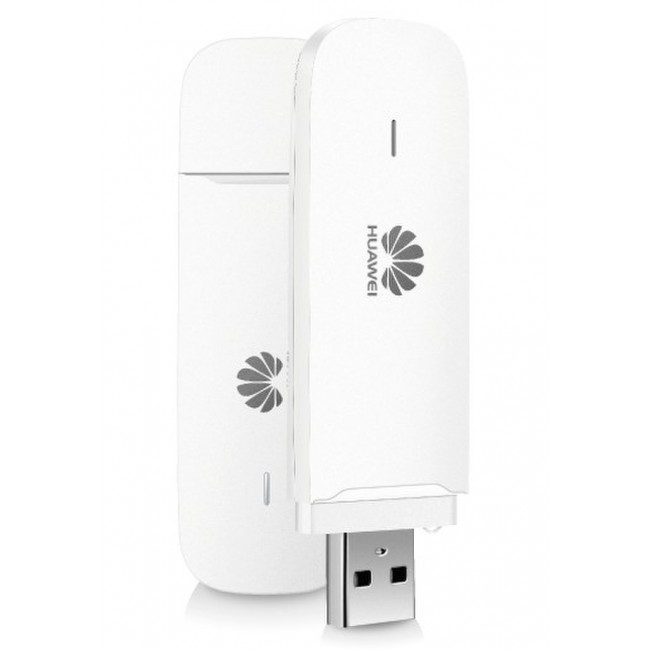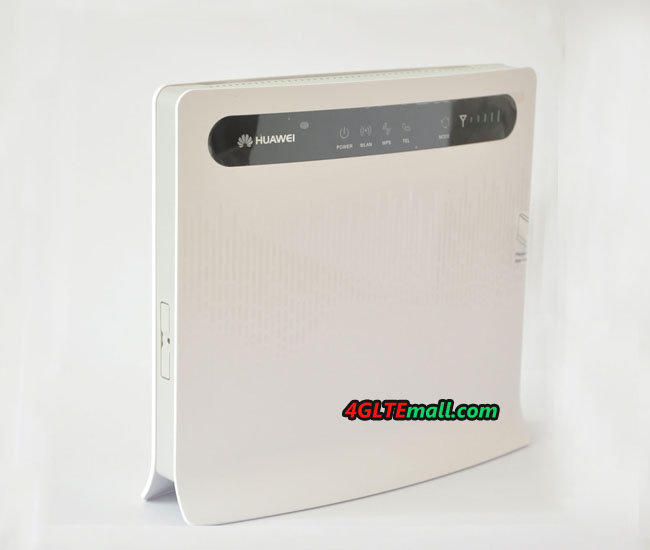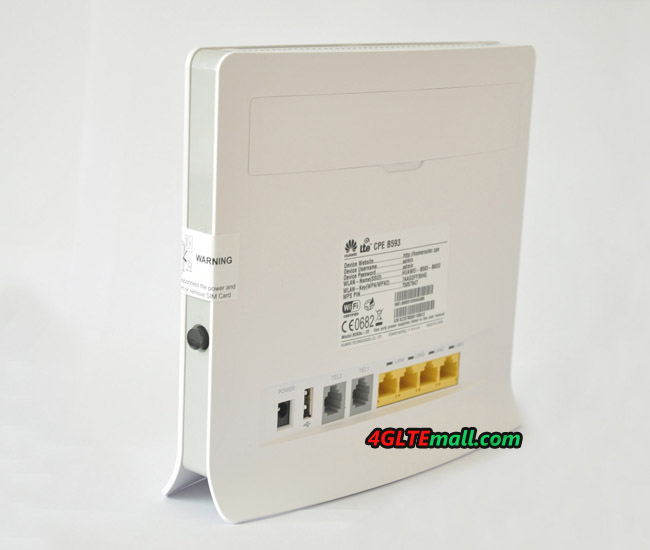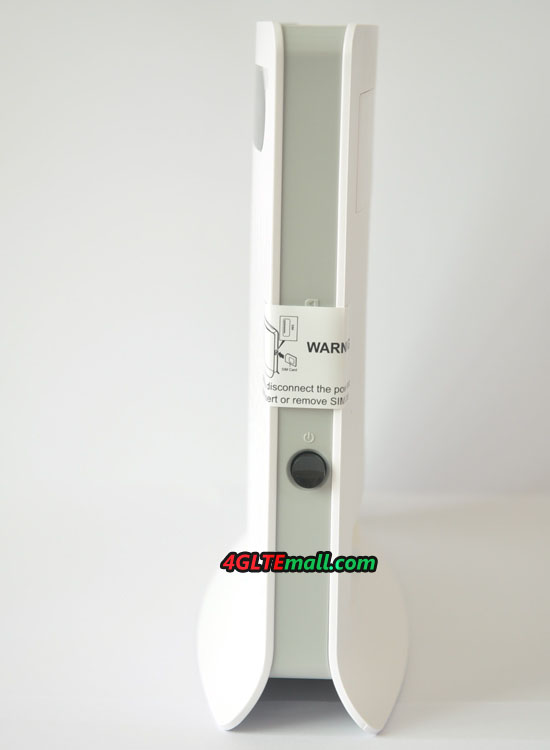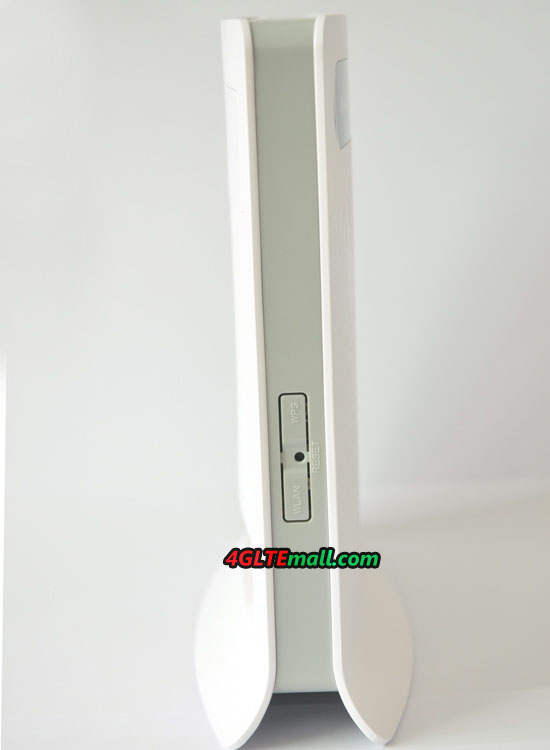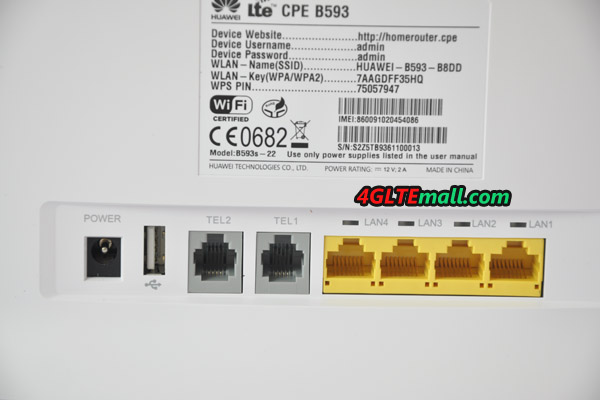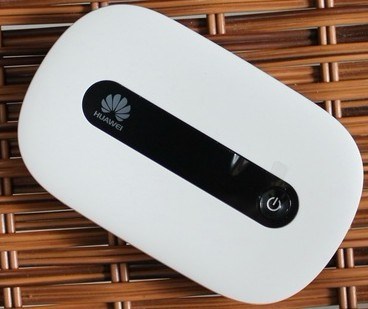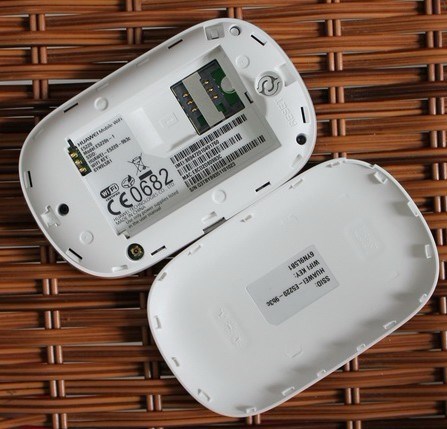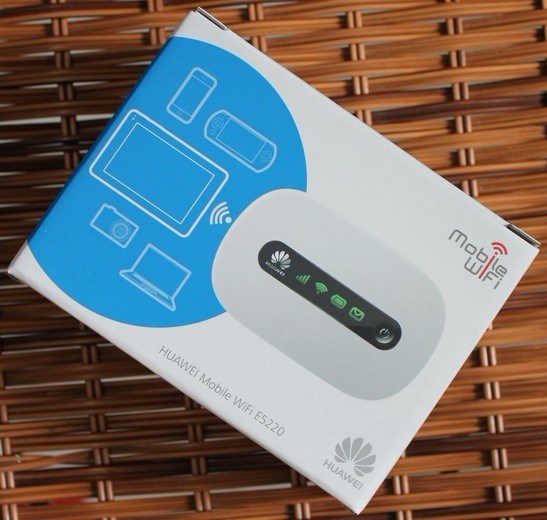We have the 4G mobile wireless router Huawei E5372 tested on the road which provides your devices with fast LTE network. It’s also called Mobile Wi-Fi Router, and now established itself as the practical devices for 4G Internet access. Compared to simple “tethering” via smartphone, the advantages of the 4G MiFi Router are obvious: MiFi routers usually have a good reception, good wireless transmit power and a durable battery.
Now the Huawei E5372 mobile LTE hotspot comes on the market, and it offers speeds of up to 150 Mbit/s for the downlink and 50 Mbit/s for the uplink, depending on fare and network expansion. Through the support of Wi-Fi in the 5 GHz range, the Huawei E5372 is also suitable for trade fairs and other places where the operation of a 2.4GHz Wireless LAN is not availalbe.
Thanks to a weight of only 130 grams including the battery and dimensions of 99 mm x 62 mm x 14 mm, the Huawei E5372 is very handy and can be easily taken in pocket or backpack. The device is available in either black or white. On the front you will find a small, well-read, monochrome display that shows current information such as the reception, the network technology, the battery status and the number of connected Wi-Fi devices.
At the side of LTE mobile router, there is a micro USB cable interface for charging the battery and connects to the computer. A separate power supply is not included. The battery has a capacity of 1780 mAh and is changeable.
The establishment of the Huawei E5372 is simple: First, the SIM card must be inserted, then the battery and then the MiFi can be turned on with the power button on the front. After a few seconds, the E5372 is connected to the Internet, provided that no PIN protection is enabled. The configuration for wireless access is not necessary in the normal case, the Huawei E5372 recognizes the provider itself and uses the appropriate setting from a database.
The connection to tablet, Smartphone or computer is done either via USB or Wi-Fi 802.11 a/b/g/n. Normally, the wireless connection is fast enough, only if you would like to take over the full 150 Mbit/s on LTE network. The appropriate adjustment can be made using the buttons on the device, or alternatively, the configuration also by Huawei Mobile WiFi app on the tablet or smart phone or through the web interface on the computer possible. The Wi-Fi 5 GHz range is less busy frequency band and therefore less interference. For trade fairs or large events, this is worth a lot. The disadvantage of 5 GHz WLAN is the somewhat smaller range, especially in buildings.
In the test of Huawei E5372, we used the SIM cards from Vodafone and Telekom. The tariffs were activated for up to 150 MBit/s for downlink, but the maximum of 50 Mbit/s from Vodafone network LTE800 is available due to technical reasons. Overall, pretty good reception of the E5372 router could come true for uplink. Under the Vodafone network, peak speeds of about 45 Mbit/s for downlink were possible while under the Telekom network, the maximum download speed of 118 Mbit/s was possible. On the other side, the E5372 can use the mobile Internet via GSM, UMTS in high speed.
A very important part of a mobile wireless router is the battery. Huawei E5372 has a capacity of 1780 mAh and allows operation time of about 5-6 hours, depending on usage. Unlike many other mobile LTE hotspots, the E5372 battery can be changed in a few seconds, so for some users, a second battery could be useful.
Conclusion
The Huawei E5372 is a small mobile LTE hotspot that can score in the test with a fast modem and current WLAN technology. The software is fast and offers many options. Huawei E5372 is the perfect mobile hotspot for smartphone, tablet and other WiFi terminals. So far the router is available at 4GLTEMALL.com , you will know more about it after you get it on hand.
